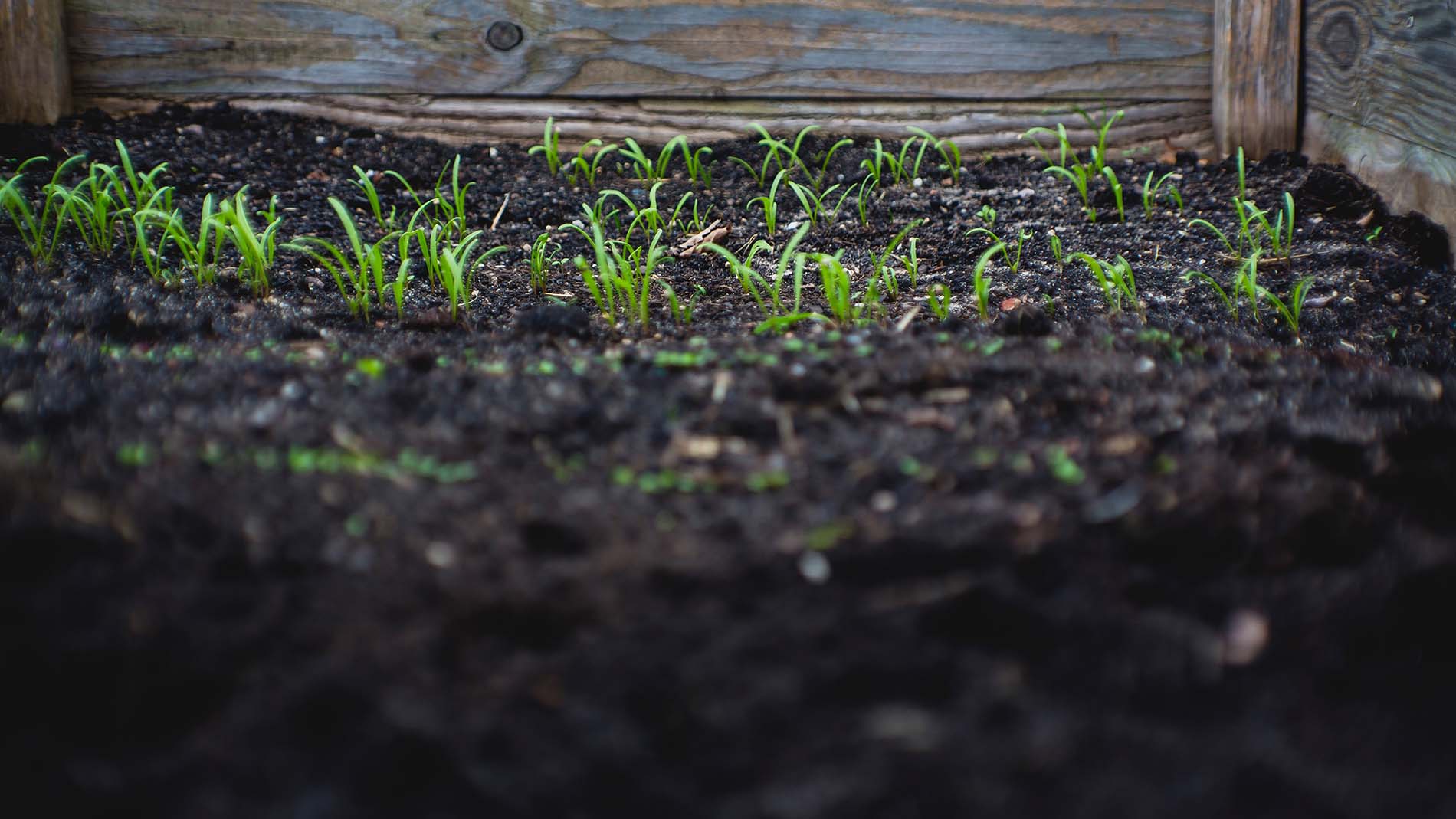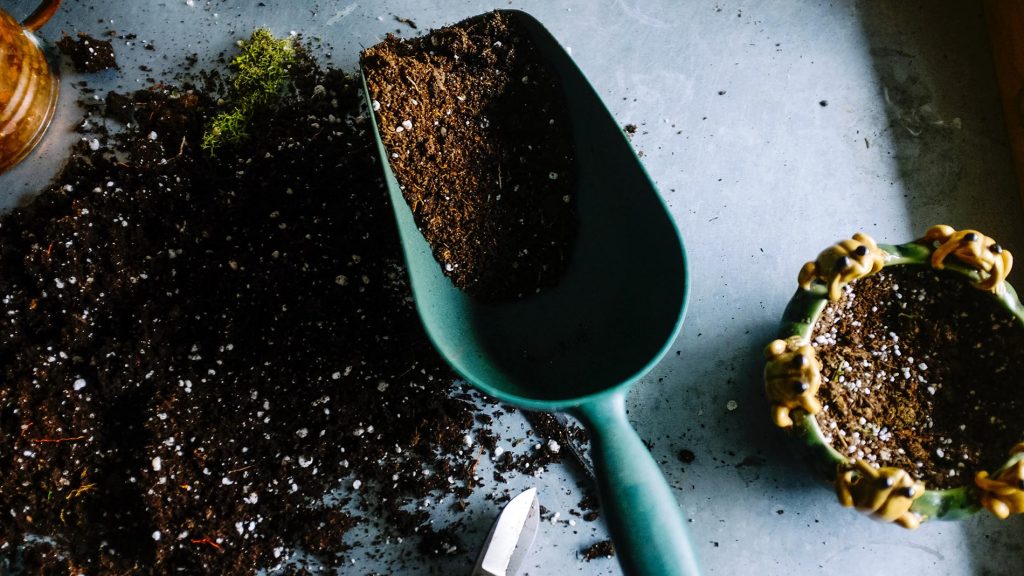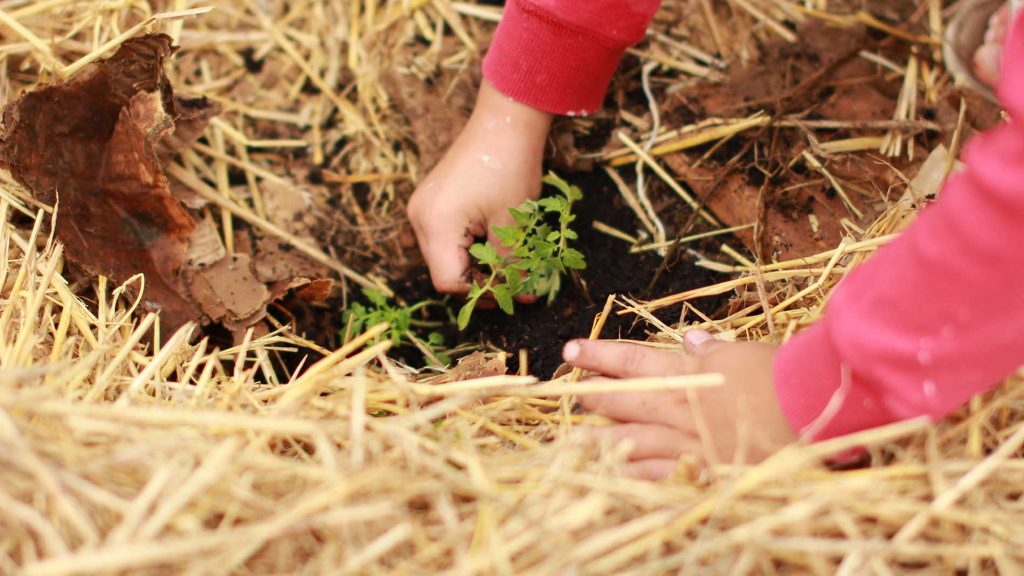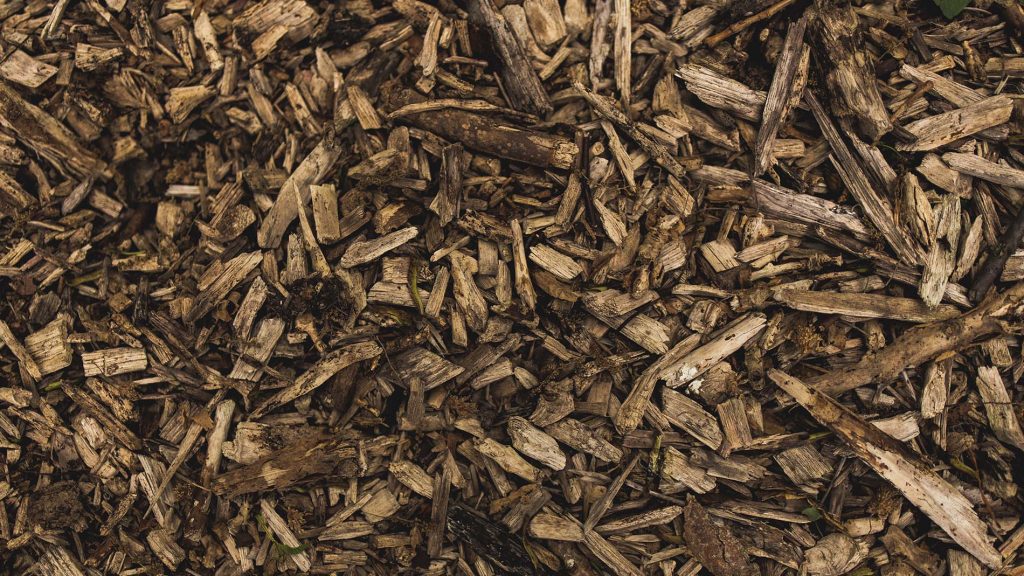
10 Link Throughs for FYGN
Measure Up Before You Plop Seeds Down
How much space and water do I need to support my vegetable habit? This is hard to pin down as the size of vegetables and water consumption for each type varies greatly. As an easy rule of thumb, most tables and charts will recommend an inch of water per week for your veggies. Now, how much space do you need to grow those dinner delights? Luckily we found a chart that will help you plan and execute the proper garden size for your vegetable crop. You can check out this handy guide from Morning Chores.
https://morningchores.com/vegetable-garden-size/
Test Your Soil

The Willamette Valley Soil Quality Guide is a system developed in Oregon that will asses your soil. There’s no need to post samples through the mail or send it away for a test kit. With a simple rubric, gardeners can get a fairly accurate assessment of the quality of their backyard. Users check on soil structure, compaction, measure workability, check for earthworms and organisms, assess plant residue and vigorously then inspect root development. The final check includes noting water infiltration and availability. Readers can get to know the full guide right here.
https://www.goodhousekeeping.com/home/gardening/a20705682/soil-testing/
The Benefits of Using Straw For Your Garden Needs

Hear from a Farmer’s Almanac contributor who swears by straw. The writer details how straw creates a superior mulch product when layered at six inches deep. Besides keeping your soil moist it will also help fortify your dirt with nutrients. Fun fact: Straw is the bottom half of a hay stalk with little or no seeds. They are hollow and don’t compact or mat like hay and take a long time to decompose. On top of that, straw won’t ever suck up nutrients from our surrounding plants. Find out more at the Farmer’s Almanac.
https://www.almanac.com/news/gardening-news/straw-turns-gold
Workarounds For Sandy Soils

Our friends Down Under along the coast have similar sand issues with their soil that Richmond and Sunset dwellers in San Francisco do. Sometimes a simple workaround is the best cure to get your dirt in planting shape. The immediate and obvious workaround is to go with raised beds and large tubs. Blend a soil mix using materials like coir and other fine mulches, compost, mushroom compost, worm castings and composted manures. Check out the full article here.
https://www.dailymercury.com.au/news/tips-and-hints-for-sandy-soil/3109879/
(Almost) Everything About Mulch

Let’s get started! You’ll find plenty of mulches on the market but you can also use natural garden wastes. Some work better than others do, so it’s important to know a bit about the different types to help you choose what’s best for your garden. In this amazing guide from Bunnings, we explore types of mulch, what makes good mulch and the difference between inorganic and organic mulches.
https://www.bunnings.com.au/diy-advice/garden/composting/everything-you-ever-needed-to-know-about-mulch
Build Your Own Compost Bin
Sometimes you just gotta dig in and make your own compost bin. A custom composter will add a uniqueness to your garden, earn you bragging rights among your neighbors and most of all give you good soil. Building a compost pile is one of the easiest gardening projects you will ever undertake and one of the most important. Given time and exposure to elements, organic material will break down on its own producing the soil you deserve. Explore this WikiHow to discover a quick, effective way to build your own compost bin.
https://www.wikihow.com/Build-a-Compost-Pile
A Cry For Help – What Your Plants Need

Sometimes your plant will cry for help. Sure it’s not obvious or noisy or uncomfortable. It’s just a plant and when it needs something it can’t cry or bark. So, you need to learn to read your plant. This quick guide from Good Housekeeping is a crash reminder course on how to understand what your plant is telling you. (Hint: It’s most likely being overwatered!)
https://www.goodhousekeeping.com/home/gardening/g2681/plant-leaves/
For Your Garden, Try Cow Manure
While it is generally more sloppy and difficult to handle than horse manure when fresh, cow manure can be composted into a relatively nutrient-rich material. Many farms sell or give gardeners cow manure that has been composting for six months or more. It tends to contain fewer seeds and fibers than horse manure. Check out this full learner list from the kind folks at Homeguides.
https://homeguides.sfgate.com/use-cow-manure-fertilizer-43702.html
How To Get Rid of Crab Grass
Crabgrass is an annual weed, but it acts like a perennial. It has what is called an indeterminate growth pattern. Most annual weeds grow until mature enough to produce seeds, then they die. They have one shot to reproduce. Getting rid of crabgrass is difficult because it keeps growing all season, spring through fall. New plant growth, developing seed heads, and mature seeds will all be present on a plant throughout the warm seasons. The Garden Counselor was kind enough to provide this all-encompassing primer on crabgrass and what to do about it. Check the full article here.
http://www.garden-counselor-lawn-care.com/getting-rid-of-crab-grass.html
Lawn Calculator
This amazing online tool allows you to calculate how much water you will need to use for your lawn. Although the site originates in Mobile, Alabama, users can adjust the water costs to fit their geo-location. While we looked around at several other sites that claimed to tackle the issue, this page delivers the most simple, clear water lawn use calculator. Users simply enter the length and width of the area to be watered and then add the cost per 1,000 gallons of water. Hit the “calculate” button and you’re all set.
https://todayshomeowner.com/calculating-lawn-irrigation-costs/
Tags: resources

